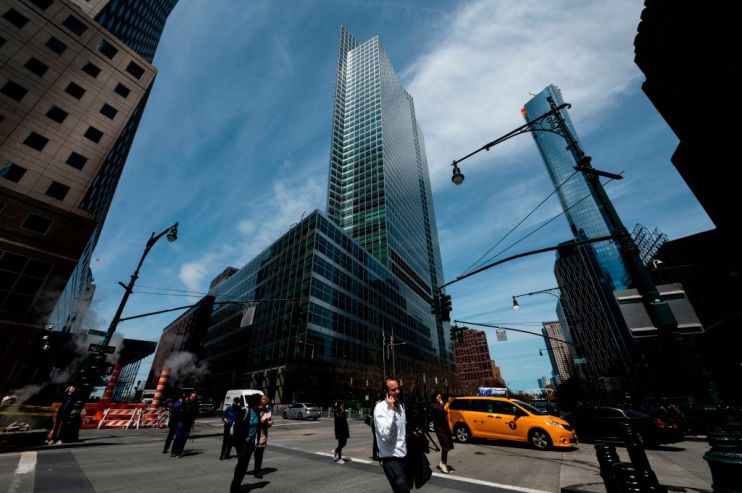Goldman Sachs profit surges, Bank of America and Wells Fargo hit by loss provisions

Goldman Sachs has reported a dramatic increase in third-quarter profit as increased trading revenues boosted the investment bank, while consumer-focused peers Bank of America and Wells Fargo were hit by increased provisions for bad loans.
Goldman Sachs boosted by spike in trading activity
Goldman reported a 94 per cent increase in quarterly profit, beating estimates dramatically thanks to a strong performance in its bond trading business and lower loss provisions for bad losses.
The bank easily out-performed rivals JP Morgan and Citi during the third quarter, reporting a 29 per cent increase in trading revenue as financial market volumes broke records amid the recovery from a coronavirus-driven sell-off earlier this year.
Revenue from the lender’s bond-trading division soared 49 per cent to $2.5bn (£1.9bn), while equities trading climbed 10 per cent to $2.05bn.
The bank’s net earnings applicable to shareholders surged to $3.5bn in the quarter ending 30 September, compared to $1.8bn during the same period last year.
Goldman set aside $278m to cover loans that go bad during the third quarter, down from $1.59bn a year earlier.
Earnings per share doubled to $9.68 – up from $4.79 a year earlier. Analysts had expected a profit of $5.57 per share, on average, according to an estimate by Refinitiv.
Before the Open newsletter: Start your day with the City View podcast and key market data
Goldman’s total net revenue for the quarter jumped 30 per cent to $10.78bn, beating analyst estimates of $9.5bn.
Goldman’s results were boosted by the fact its consumer banking business is much smaller than many of its rivals. This lack of exposure to consumer lending has cushioned the bank from the impact of rising loan defaults felt by many of its competitors during the pandemic.
Higher loss provisions hit Bank of America
Meanwhile Bank of America reported an almost 16 per cent profit drop during the third quarter, after the lender was hit by higher provisions for credit losses.
The second largest US bank by assets set aside $1.4bn to cover loan losses, up from nearly $800m a year earlier, as the coronavirus pandemic continues to hammer the American economy.
Bank of America reported an 11 per cent decline in revenue, which slipped to $20.34bn.
Net income applicable to shareholders fell to $4.44bn, or 51 cents per share, during the quarter, down from $5.27bn, or 56 cents per share, during the same period in 2019. Analysts polled by Refinitiv had expected a profit of 49 cents per share.
Shrinking loan book hurts Wells Fargo
Wells Fargo reported a 57 per cent drop in third-quarter profit on Wednesday as the lenders loan book shrank and near-zero interest rates hit its bottom line.
Total revenue at the fourth-largest bank in the US slipped 14 per cent during the period, with Wells Fargo’s loan book shrinking two per cent.
Unlike Goldman Sachs or Bank of America, Wells Fargo does not have a substantial capital markets business – meaning it has fewer sources of alternative revenue to cushion the blow caused by low interest rates.
The lender said allowance for credit losses for loans was $20.5bn, flat compared with the previous quarter.
Wells reported net income applicable to common stock of $1.72bn, or 42 cents per share, for the quarter to 30 September, compared with $4.04bn or 92 cents per share a year earlier.